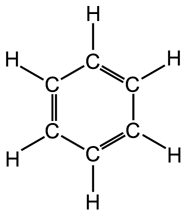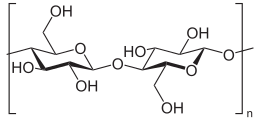Heisenberg
Well-Known Member
Published: Wednesday, April 4, 2012: A dose of carbon nanotubes more than doubles the growth rate of plant cell cultures -- workhorses in the production of everything from lifesaving medications to sweeteners to dyes and perfumes -- researchers are reporting. Their study, the first to show that carbon nanotubes boost plant cell division and growth, appears in the journal ACS Nano.
Link
Do I sense a future AN product, Nuclear Nano or some other pretentious drivel. Would be exciting if this pans out though.
Link
Do I sense a future AN product, Nuclear Nano or some other pretentious drivel. Would be exciting if this pans out though.





